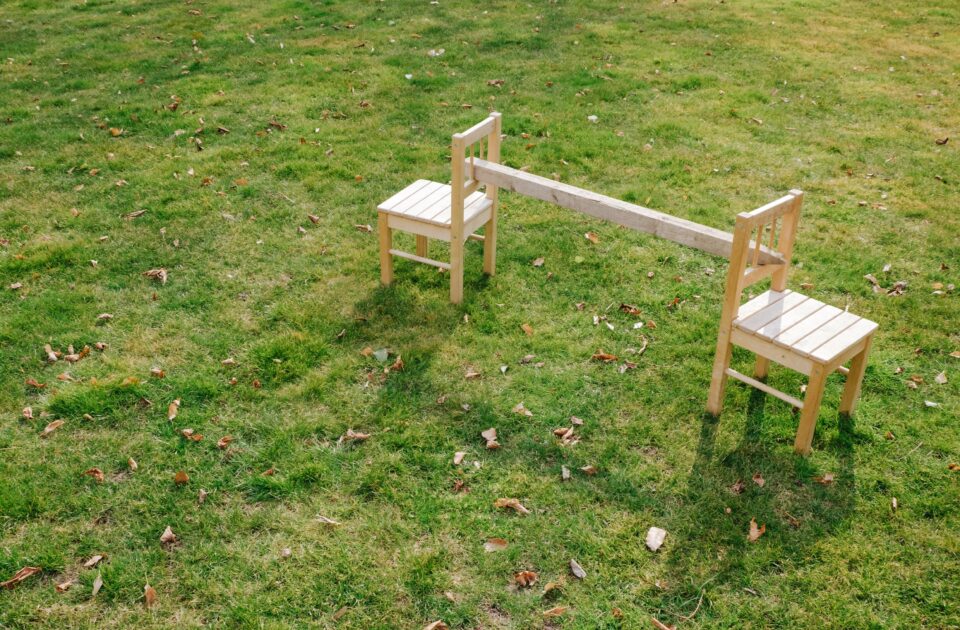
Inclusion Category
Communicating better with people with learning disabilities
by Stuart Read & Ben Simmons - Bath Spa
B+B R+D has commissioned this article as part of our ‘test’ and ‘reflect’ inclusion action research. All of the articles in this series represent the views of the author and not of B+B R+D or our partner organisations.
Some of the articles describe experiences of discrimination that readers may find upsetting.
A team of researchers based at Bath Spa University have completed a research project called ‘Communicating better with people with learning disabilities’. This research looked at the best ways to communicate with people with learning disabilities, and their friends and family.
What happened in the research project?
The researchers ran four workshops for people with learning disabilities, and their friends and family, and people who are interested in supporting people with learning disabilities.
A workshop is when a group of people come together to talk about things that matter to them.
At the workshops, people spoke about their experiences of what communication methods they liked and did not like. For example, what people with learning disabilities liked and did not like about types of easy read information.
The researchers also interviewed four other people to talk about what communication methods they liked and did not like.
What did the research project find?
Sometimes, information is not accessible for people with learning disabilities. People in the research project gave many examples of when communication was inaccessible for them.
Examples included things like:
Receiving complicated letters or other information.
Not being able to find their way around supermarkets or hospitals.
Finding bus and train information difficult to understand, such as knowing which train platform to use.
Not being sure who to ask for support if they are lost or confused.
There are lots of communication methods that people with learning disabilities like.
Examples included things like:
Having letters which are easy read, and which have large text and images.
Having information presented in a video.
Having a support worker or family member who can help explain complicated words.
Some people with learning disabilities do not talk, so it is important that their likes and dislikes are understood. For example, a person with a learning disability may want to communicate through sign language.
What changes can organisations make to help people with learning disabilities?
People in the research came up with lots of ideas for how organisations could better support people with learning disabilities.
This report describes some general points that were shared:
Have a range of communication options for disabled people, and to use them consistently. For example, having information in easy read and video formats without disabled people having to ask for them.
Ensure that all information is accessible and in a large font. For example, ensuring that bus and train timetables are clear and let people know when they have to get off.
Ensure that signage inside and outside buildings is clear and simple to understand. For example, having directions that are clearly marked, such as lines on the walls and floors.
Give staff training on disability issues, particularly on profound and multiple learning difficulties (PMLD).
Have a named contact/ ‘disability champion’ that disabled people and families can go to for support, for example, a person who can tell them where an accessible entrance or lift is.
Listen to the experiences of people with learning disabilities, and be willing to learn and improve if communication is not accessible.
What will happen from this research project?
The researchers have another research project called ‘We Are The People’, which is funded by the Wellcome Trust. The project will run until 2026.
We Are The People will help disabled people and non-disabled people in South West England to work together to do research.
This research will be led by disabled people, and answer questions that matter to disabled people.
The researchers will be working with the people who took part in this research to see what other research they would like to do on accessible communication / other things that matter to disabled people.
An example of some more research could be how can hospitals make their signage or patient letters more accessible for people with learning disabilities.
There is lots of other research that We Are The People plan on doing with disabled people on issues that matter to them.
You might have some ideas for research that you would like to do. If so, the We Are The People team would love to hear from you!
Who can I speak to about the research?
You are welcome to speak to the We Are The People team via email. You can also view the project's webpage.
Please contact either:
Stuart Read: s.read@bathspa.ac.uk
Or
Ben Simmons: b.simmons@bathspa.ac.uk
